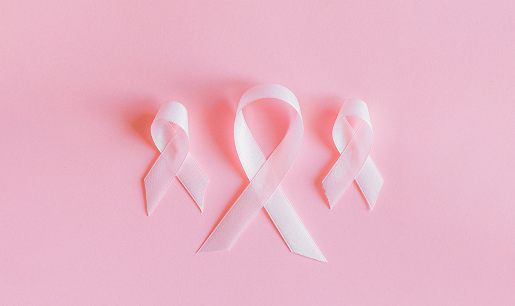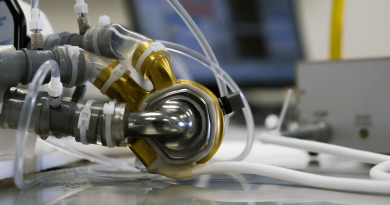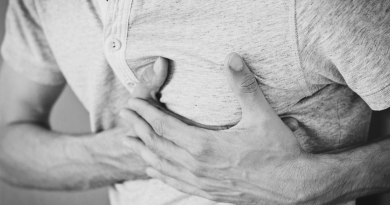Breast Cancer Early Detection: How and Why
One in eight women in the United States will have breast cancer in her lifetime. And breast cancer is the second most common cancer in American women, after skin cancer. On average, every 12 minutes a woman is diagnosed with breast cancer.
While these statistics may be scary, what is more important is the survival rate for those who detect cancer early. When detected early and the cancer has not spread, the five-year survival rate is 99%.
 “In addition to saving lives, getting your annual screening mammogram has the power to potentially reduce the severity of treatment that women with breast cancer must undergo,” says Dr. Karla Sepulveda, associate professor of radiology and medical director of breast imaging at the Dan L Duncan Comprehensive Cancer Center at Baylor St. Luke’s Medical Center. “Studies have demonstrated that women whose breast cancers are found with screening mammography are less likely to have more intensive treatment such as mastectomy or chemotherapy.”
“In addition to saving lives, getting your annual screening mammogram has the power to potentially reduce the severity of treatment that women with breast cancer must undergo,” says Dr. Karla Sepulveda, associate professor of radiology and medical director of breast imaging at the Dan L Duncan Comprehensive Cancer Center at Baylor St. Luke’s Medical Center. “Studies have demonstrated that women whose breast cancers are found with screening mammography are less likely to have more intensive treatment such as mastectomy or chemotherapy.”
Early detection should include monthly self-exams, regular clinical breast exams and mammograms. “The earlier we can catch a cancer, the better the chance we have to beat it,” says Dr. Alastair Thompson, professor and section chief of breast surgery in the division of surgical oncology in Baylor College of Medicine’s Michael E. DeBakey Department of Surgery.
Monthly self-exams: These are important because you will ‘know your normal.’ If something changes or doesn’t look or feel right, you can notify your healthcare provider. Forty percent of diagnosed breast cancers cases are originally detected by women who feel a lump.
Many women’s breasts feel lumpy because breast tissue has a bumpy texture. If the lumpiness can be felt through your whole breast and feels similar on both sides, it is probably normal. However, lumps that feel different from the rest or changes are a concern.
You should perform self-exams in the shower and looking in the mirror. While in the shower or while lying down, check the entire breast with your three middle fingers, pressing down with medium pressure feeling for any thickening, knot or lump or any other changes. Also inspect your breasts in front of the mirror looking for any changes to the shape, swelling or dimpling of the skin or changes to the nipples.
Contact your doctor if you notice:
- a new lump or change that feels different from the rest of the breast
- a new lump or any change that feels different from your other breast
- something different than what you’ve felt before
- redness, warmth, swelling or pain
- itching, scales, sores or rashes
- bloody nipple discharge
If you do find a lump, contact your doctor, but don’t panic— eight out of 10 lumps are not cancerous.
Mammograms
Mammograms can help detect tumors before they can be felt so don’t skip your regular mammograms! A mammogram is an X-ray that allows the radiologist to look for any suspicious areas.
Women who are 40 and older should have mammograms every year. If you are younger than 40 but have risk factors for breast cancer (smoking, history of cancer, birth control use, etc.) your doctor may have you start screenings before 40.
If your mammogram shows something abnormal, you may have additional tests like an ultrasound or MRI. If these tests show the mass is solid, the doctor may recommend a biopsy. This is a procedure where cells are removed from that suspicious area to check for cancer.
By Tiffany Harston, communications associate in the Michael E. DeBakey Department of Surgery at Baylor College of Medicine



